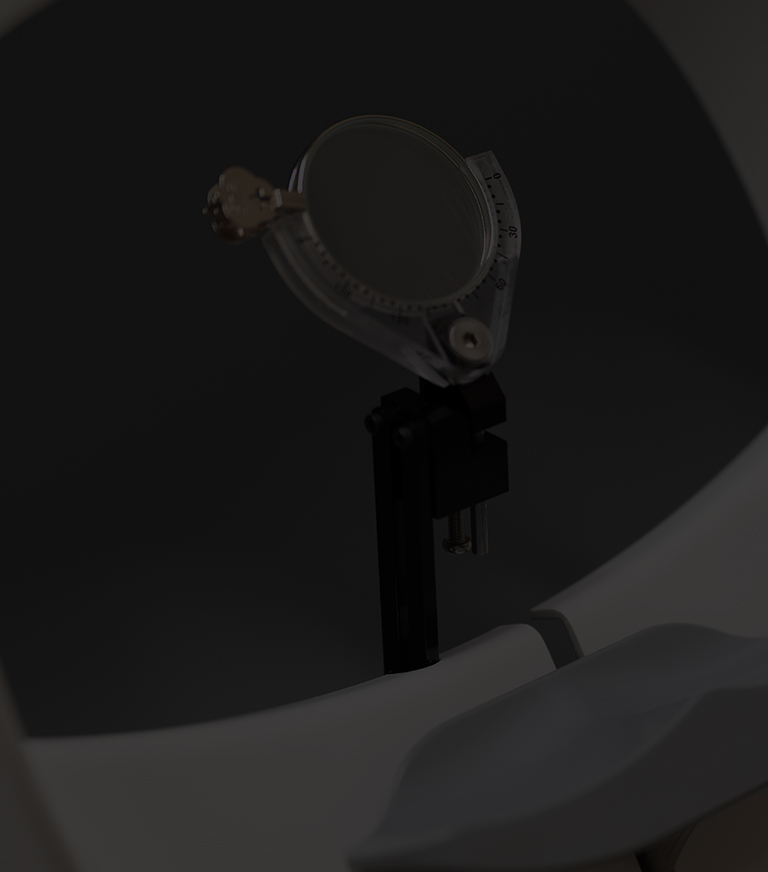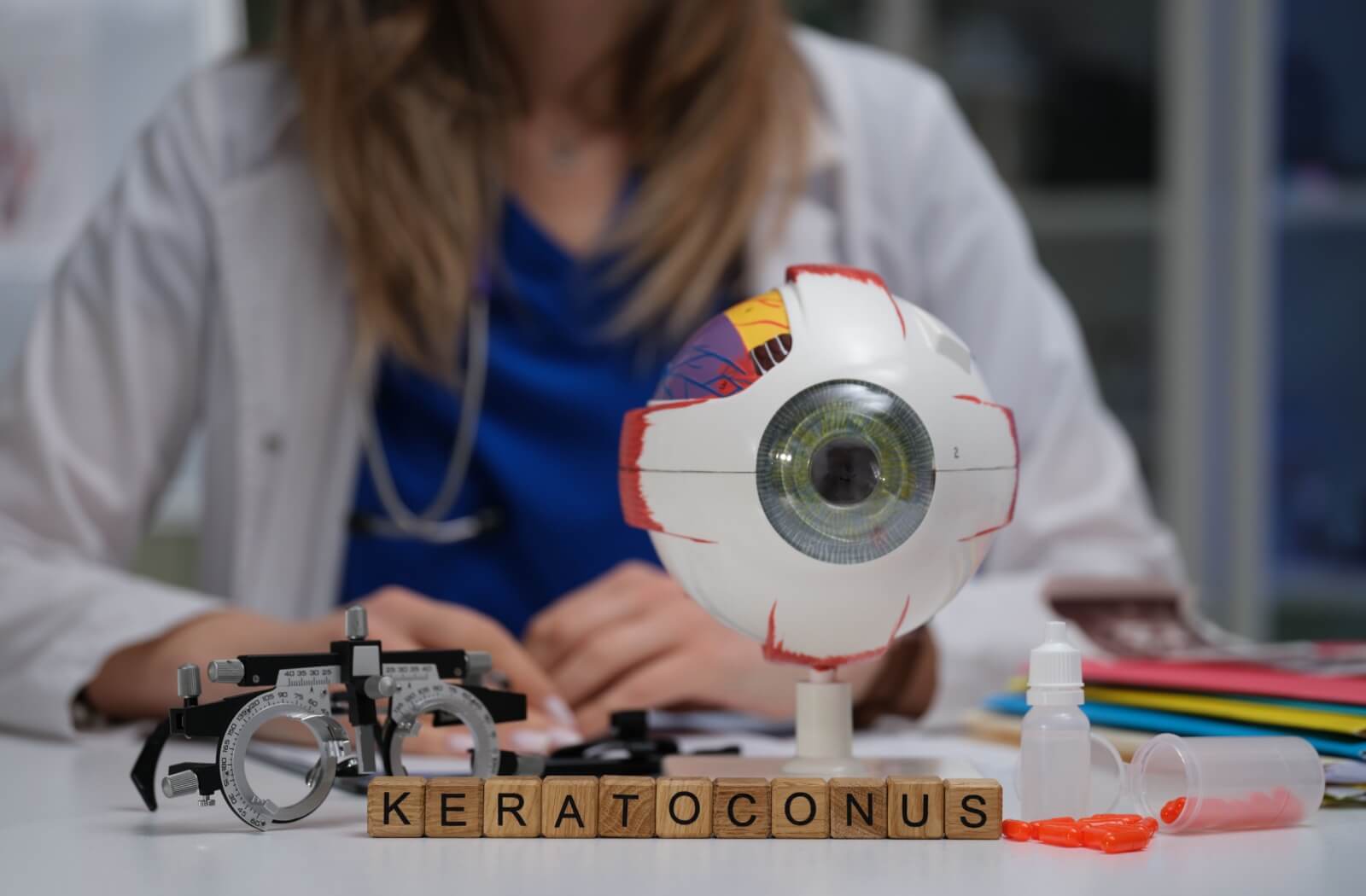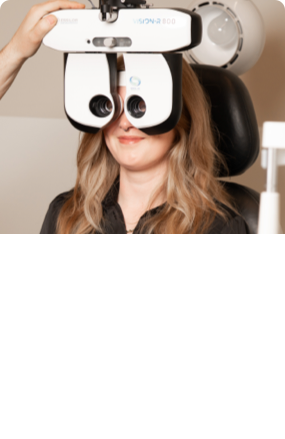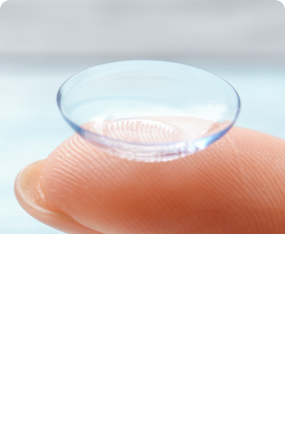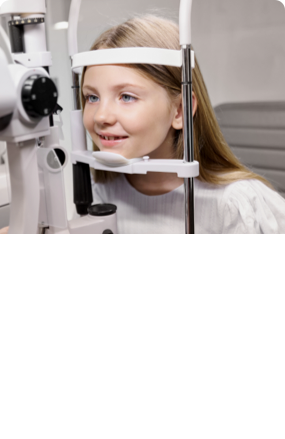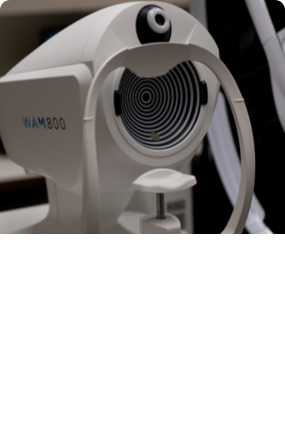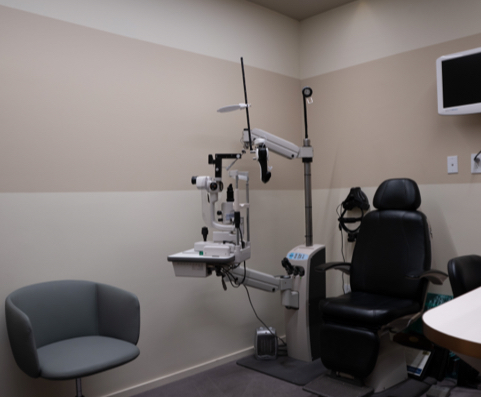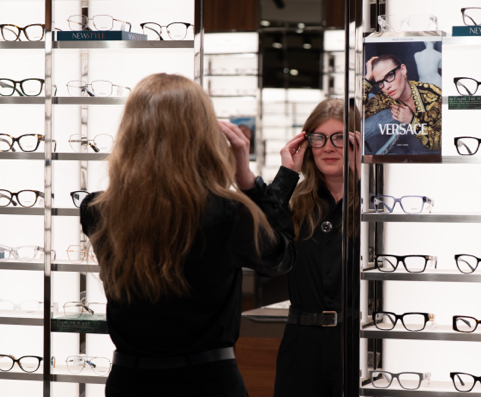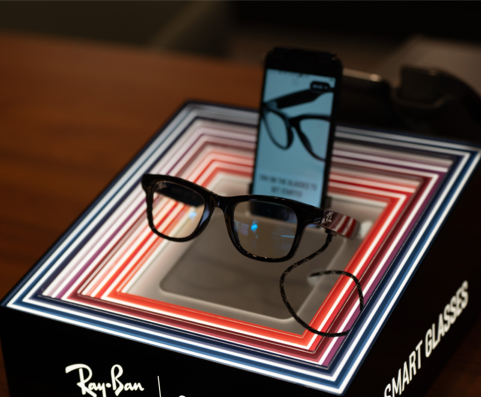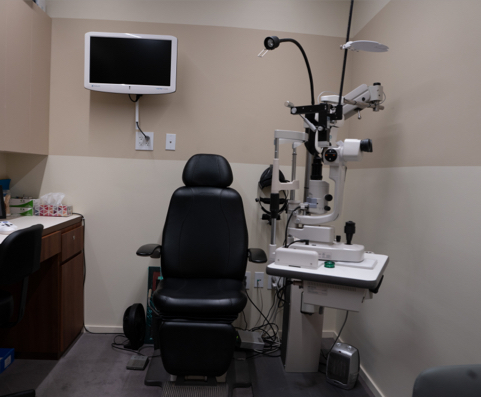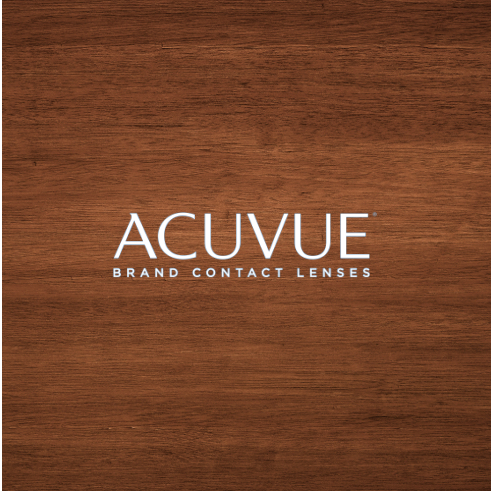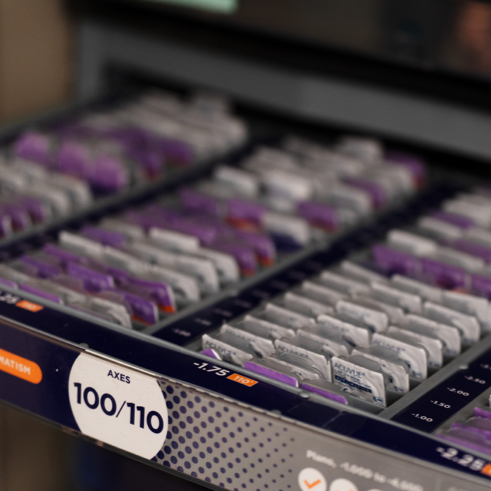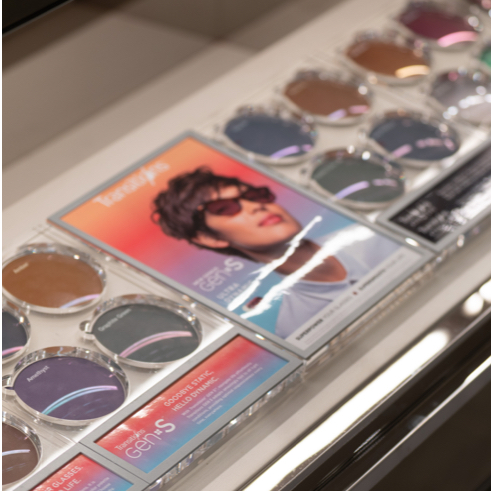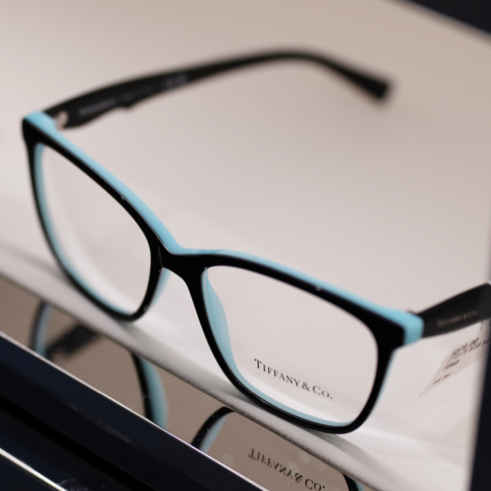Keratoconus might not seem like an eye condition that requires targeted treatments. After all, if the shape of a person’s eye is irregular and their vision is blurry, that’s exactly what glasses are for, isn’t it? Think again.
Keratoconus is a progressive condition, meaning that it worsens over time without proper management. This is where targeted treatments come in. Depending on progression of the condition, options include:
- Eyeglasses and Soft Contact Lenses
- RGP Contact Lenses
- Scleral Lenses
- Hybrid Lenses
- Piggyback Lenses
- Corneal Cross-Linking
- INTACS
- Corneal Transplant Surgery
The sooner we identify keratoconus, the sooner we can manage the condition, and the better we can support and protect your vision.
Early-Stage Treatment Options
The earlier we begin treatment, the better. Here’s how we can support your vision and safeguard your eye health during keratoconus’ early stages:
Eyeglasses & Soft Contact Lenses
We might start treatment with traditional glasses or soft contact lenses. If corneal irregularity is minimal and vision is still correctable, these options can provide good results.
Standard glasses can help with mild astigmatism and myopia that stem from early keratoconus. However, as the condition progresses, glasses become less effective.
Soft contact lenses are an alternative to glasses that may still provide functional vision in early stages of KC, but they’re not fit for more advanced cases where the cornea becomes significantly distorted and irregular.
Rigid Gas Permeable (RGP) Contact Lenses
As keratoconus progresses beyond its early stages, rigid gas-permeable contact lenses become the go-to treatment option. These hard lenses are made from durable plastic materials that allow oxygen to pass through to the cornea.
RGP lenses create a smooth, regular surface over the irregular cornea. This helps light focus properly on the retina, significantly improving vision. While they may feel unusual at first, most people adapt to wearing RGP lenses within a few weeks.
Specialty Contact Lens Options
There’s a reason why contact lenses are so popular! With the right fit, contact lenses can feel natural and seamless, it doesn’t even feel like there’s something in your eye. Thankfully, there are several contact lenses (aside from hard contacts) that can help manage keratoconus.
Scleral Lenses
Scleral lenses are great for people with keratoconus or severe dry eye.
These hard contact lenses are slightly larger than your typical contact lens, which allows them to vault over the cornea and rest just outside of it on the white part of the eye (known as the sclera). The vaulted area is filled with sterile saline solution, creating a smooth optical surface that provides the cornea with constant hydration.
Many patients find scleral lenses more comfortable than RGP lenses because they don’t touch the sensitive cornea. Plus, scleral lenses provide excellent vision correction and can be worn for longer periods throughout the day.
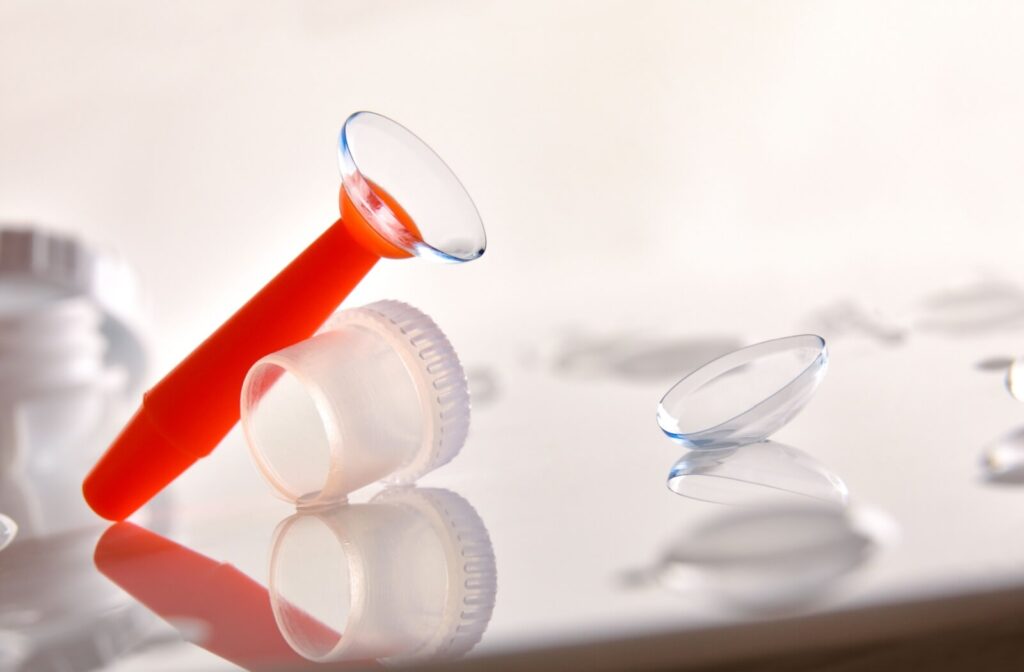
Hybrid Lenses
Hybrid lenses combine the vision benefits of rigid lenses with the comfort of soft lenses. They feature a rigid center surrounded by a soft outer ring, providing clear vision in more moderate to advanced KC while maintaining a similar feel to soft lenses used in early KC. These lenses are typically worn for up to six months before needing to be replaced.
These lenses work well for those who find traditional RGP lenses uncomfortable but need better vision correction than soft lenses can provide.
Surgical Treatment Options
When other interventions are no longer effective, surgery becomes an option. As the keratoconus progresses, the cornea thins and scars, surgery often becomes the right course of treatment.
Corneal Cross-Linking (CXL)
Corneal cross-linking is a treatment that can halt or slow the progression of keratoconus. This minimally invasive procedure strengthens the corneal tissue by creating new bonds between collagen fibers. While not a treatment designed to improve the vision, it reduces the risks of future, more complicated procedures.
During the procedure, riboflavin (vitamin B2) drops are applied to the cornea, followed by controlled exposure to ultraviolet light. This creates new cross-links within the corneal tissue, making it stronger and more stable. The procedure typically takes about an hour and is performed on an outpatient basis by your ophthalmologist.
INTACS (Corneal Ring Segments)
INTACS are small, clear plastic segments that are surgically inserted into the cornea to help flatten its shape and improve vision. These tiny devices redistribute pressure within the cornea, reducing keratoconus’ cone-like bulge. With local anesthesia, the procedure typically takes about 15 minutes per eye.
The procedure is minimally invasive, making it an attractive option for many patients, even possibly delaying or eliminating the need for corneal transplant surgery.
Corneal Transplant Surgery
For advanced keratoconus that other treatments can’t manage, corneal transplant surgery may be necessary. This procedure involves replacing the damaged cornea with healthy donor tissue. This is typically performed only when the cornea has become severely thinned, or when custom scleral and RGP lenses are no longer able to provide functional vision.
There are different types of corneal transplant procedures:
- Full-thickness transplant (Penetrating Keratoplasty): The entire cornea is removed and replaced with donor tissue. This traditional approach is used for severe cases where all layers of the cornea are affected.
- Partial-thickness transplant (Deep Anterior Lamellar Keratoplasty): Only the front and middle layers of the cornea are replaced, leaving the back layer intact. This approach tends to have faster recovery times and lower rejection rates.
Corneal transplant surgery has great success rates, with most patients achieving significantly improved vision. However, recovery can take several months to a year, and there’s always a risk of tissue rejection.
Making Treatment Decisions That Work for You
Choosing the right treatment for keratoconus depends on several factors, including the severity of your condition, your lifestyle needs, and your personal preferences. That’s where Orchard Park Optometry comes in.
Our team understands the challenges of living with keratoconus, and we’re committed to finding the right treatment options for you. This might involve starting with less invasive options and working our way towards more specific treatments if needed.
Don’t let keratoconus limit your life; it’s time to book an appointment with Orchard Park Optometry and explore keratoconus treatments.
